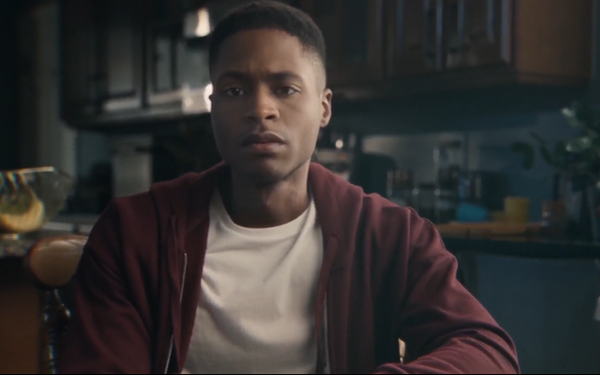In an attempt to help
consumers, content creators—everyone really--determine whether images are AI-generated or authentic, Publicis Groupe’s Team One has created a tool it has dubbed FaiKCHECK.
It’s
being rolled out to employees, content creators and consumers. There’s a website where you can upload an image and the tool analyzes it for authenticity.
The main idea is to help people question images they see online and do a quick reality check
before they share those images if they have doubts.
advertisement
advertisement
There is a disclaimer: “This tool is for entertainment and educational purposes only. Results may not be 100%
accurate.”
I tested it twice with AI-generated images that were used to illustrate recent MediaPost stories. One it got right, the other
wrong.
Here’s an AI image of President Joe Biden that the tool correctly identified:
Here’s the analysis it provided with a 95% confidence score:
"The image
contains clear indications that it is AI-generated. The most telling sign is the text on the image itself, which explicitly mentions "built entirely with AI images." The visual elements, such as the
smoothness of textures and lighting, also suggest that the image could be the result of AI rendering. AI-generated images often show uniform lighting and flawless detail, which can be seen in this
image's background and the depiction of the subject. Additionally, there seems to be a slight surreal quality to the overall composition, hinting at AI involvement."
And a call to
action:
This image serves as a reminder of the growing sophistication of AI-generated content. It's crucial to critically evaluate the images and media we encounter, questioning
their origins and authenticity. By doing so, we can become more informed consumers and maintain a discerning perspective in the digital age.
Here’s an image used in a campaign to raise awareness about the dangers of fentanyl. The young man died
several years ago but with help from AI is seen in a recent campaign telling his story. The tool declared the image real.

Here’s the analysis with an 85% confidence score:
"This image appears
to be a genuine photograph. Here are the observations supporting this:"
- 1. **Natural Lighting:** The lighting on the subject's face and the surroundings is consistent with natural or
ambient lighting found in a typical indoor setting. There are no inconsistent or surreal light sources present.
- 2. **Consistent Shadows:** The shadows fall naturally according to the light
source, which indicates an unedited photograph. The shadows and reflections in the kitchen area also support this.
- 3. **Realistic Textures:** The textures on the clothing, skin, and
background elements like the kitchen appliances and cabinetry all appear natural and consistent with real-world textures.
- 4. **Absence of Visual Artifacts:** There are no visible digital
artifacts or mismatches that suggest heavy editing or AI generation, such as disproportionate features or unusual patterns.
And a call to action:
"As you engage with visual
content, consider the indicators of authenticity. Look closely at lighting, shadows, and textures. Question and explore the context in which images are presented, fostering a deeper understanding and
awareness of the content you encounter."
As Team One notes on FaiKCheck’s site, “it still may have some learning to do,” which is true of many AI tools. It’s not
perfect as the agency acknowledges but can help some users at least try to verify the authenticity of certain images before sharing them.
It's also an indication of how refined AI and
deepfake techniques are becoming, for better or for worse.